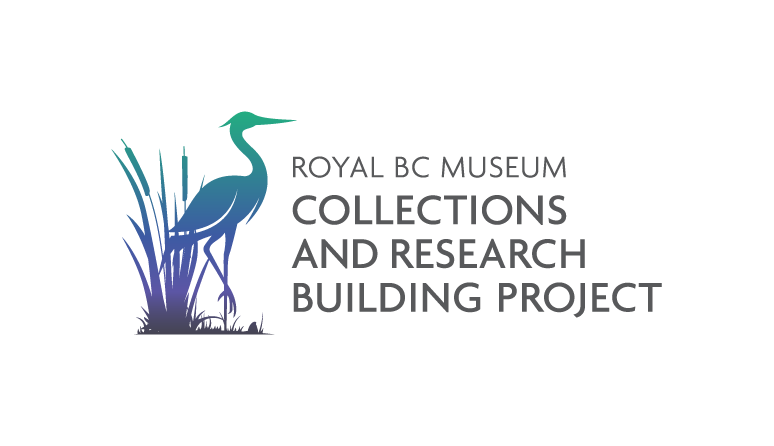All the Dirt on the PARC Campus Rammed Earth Walls
September 2024
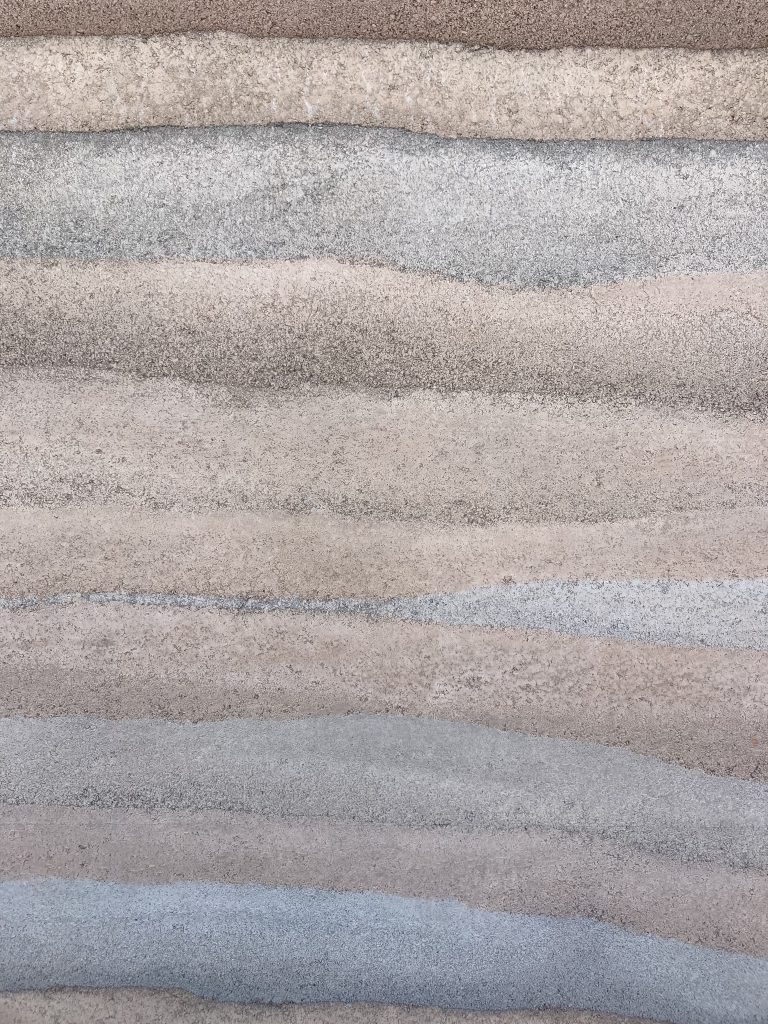
The Royal BC Museum’s PARC Campus (Provincial Archives, Research, and Collections) will be a state-of-the-art facility designed to preserve British Columbia’s history while providing a beautiful and inspiring space for knowledge keepers, researchers, educators, learners and curious visitors to gather, share information and explore the province’s extensive collections and archives. The building’s design thoughtfully accommodates a wide range of uses while its construction materials are chosen with sustainability in mind, fostering a connection to the surrounding environment.
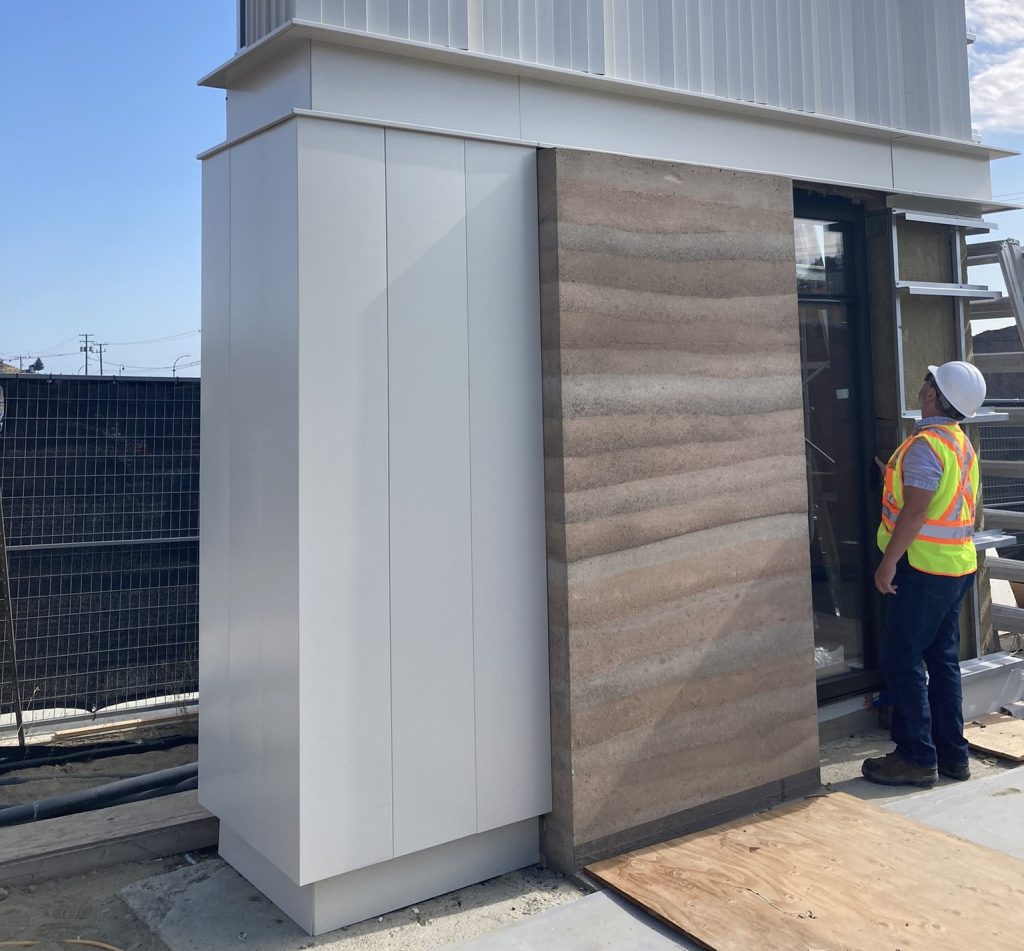
A key feature of the new facility is the use of rammed earth technology in the construction of several prominent walls – a technique used for thousands of years. The Great Wall of China is an iconic example of the enduring qualities of this construction technique. The materials for the rammed earth walls at the PARC Campus, located in Lekwungen Territory (now also known as Colwood), will be sourced from an aggregate quarry in the neighbouring T’Sou-ke Territory.
To build rammed earth walls, rigid wooden formwork is constructed and filled with rebar and layers of a specially formulated damp earth mixture which includes sand, gravel and screenings, pigmentation and a stabilizer. Each layer of earth is compacted down into approximately half its original volume using a pneumatic tamper. This process is repeated layer by layer until the formwork is completely filled with compacted earth. Once the formwork is removed, the finished wall reveals the distinct layers of earth used in its creation.
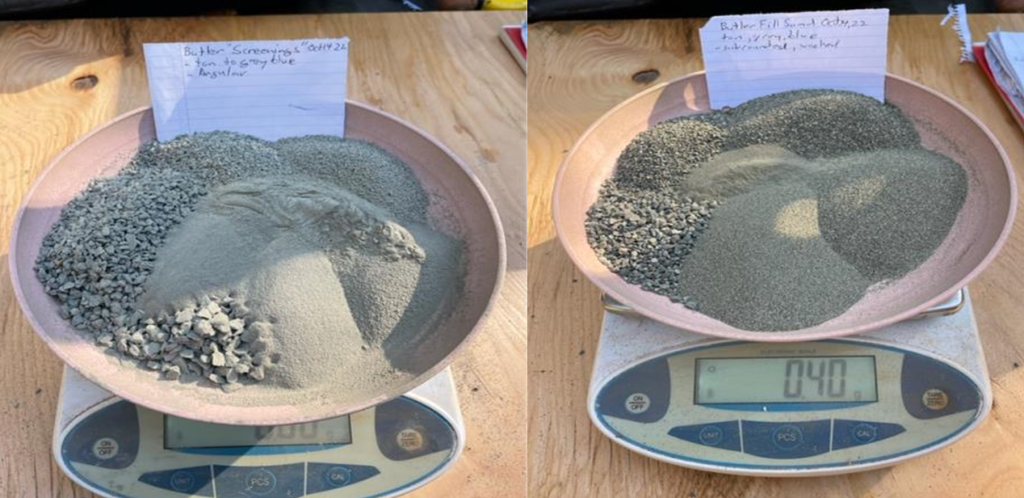
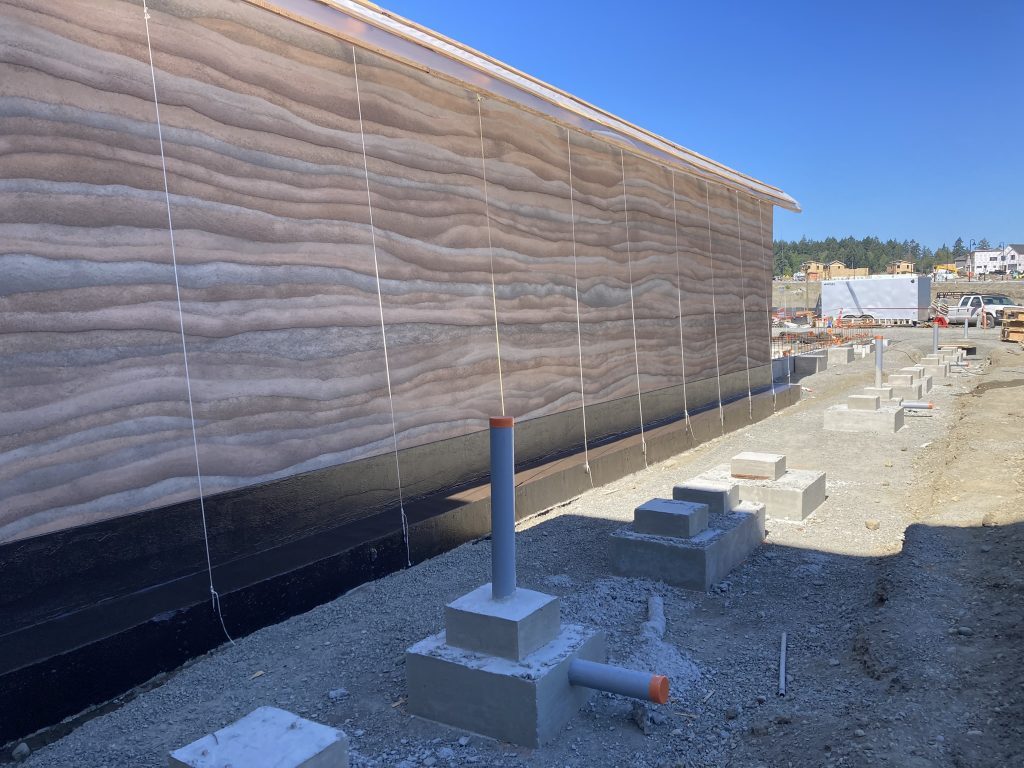
The benefits of building with rammed earth include:
- Lower Carbon Footprint: Rammed earth construction requires less energy resulting in lower pollution and reduced carbon emissions. Sourcing materials locally minimizes the environmental impact of transportation, and the soil mixture uses less than a third of the carbon intensive materials used to produce conventional concrete construction.
- Natural Temperature Control: Rammed earth walls are effective for keeping a building’s temperature stable. The earthen walls absorb heat during the day and release it slowly at night, helping keep the building cool in summer and warm in winter.
- Built to Last: Rammed earth is also incredibly strong and durable. Many ancient buildings made with this method are still standing today. For the new PARC Campus facility, this means walls that will remain solid and beautiful for generations to come.
- A Natural Look and Feel: Each wall segment possesses unique characteristics due to the layering effect of different soils, evoking a sense of place and connection to the land on which the building stands.
The Royal BC Museum and the Province of British Columbia gratefully acknowledge the partnership of the Songhees and Esquimalt Nations, on whose Territory this important public building will stand, and acknowledge the T’Sou-ke Nation, as caretakers of the land from which the soils for the rammed earth walls have been sourced.
